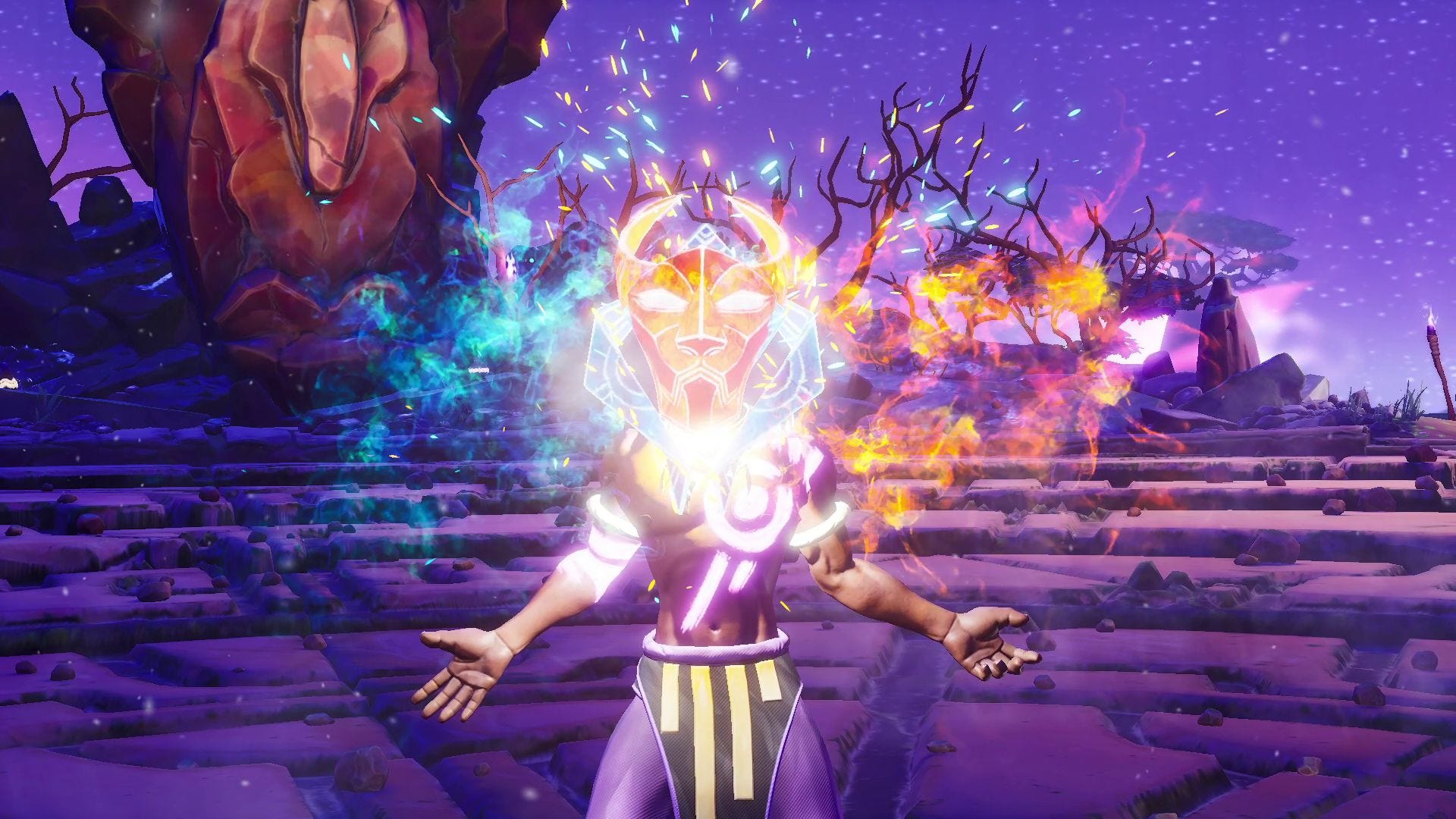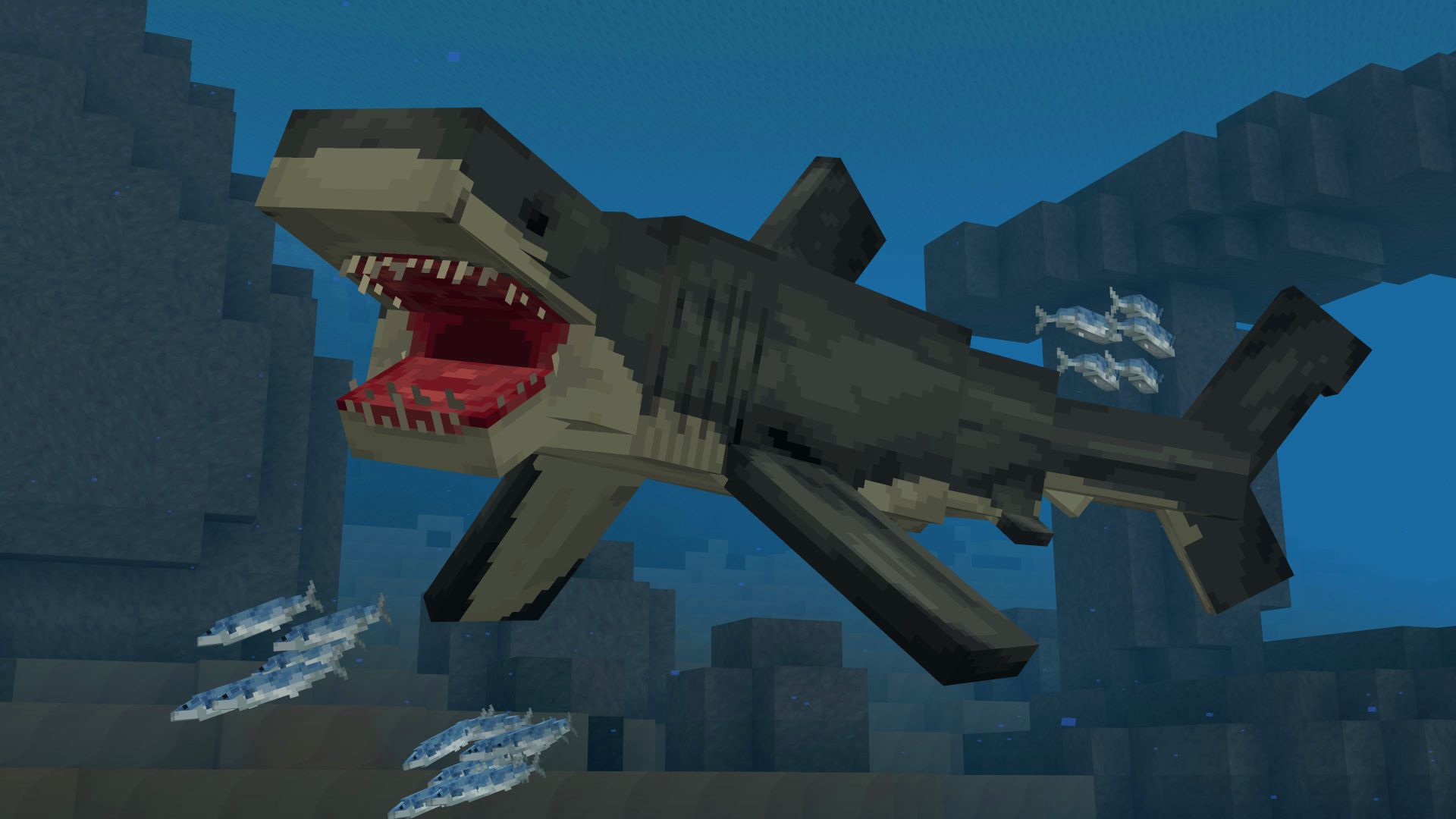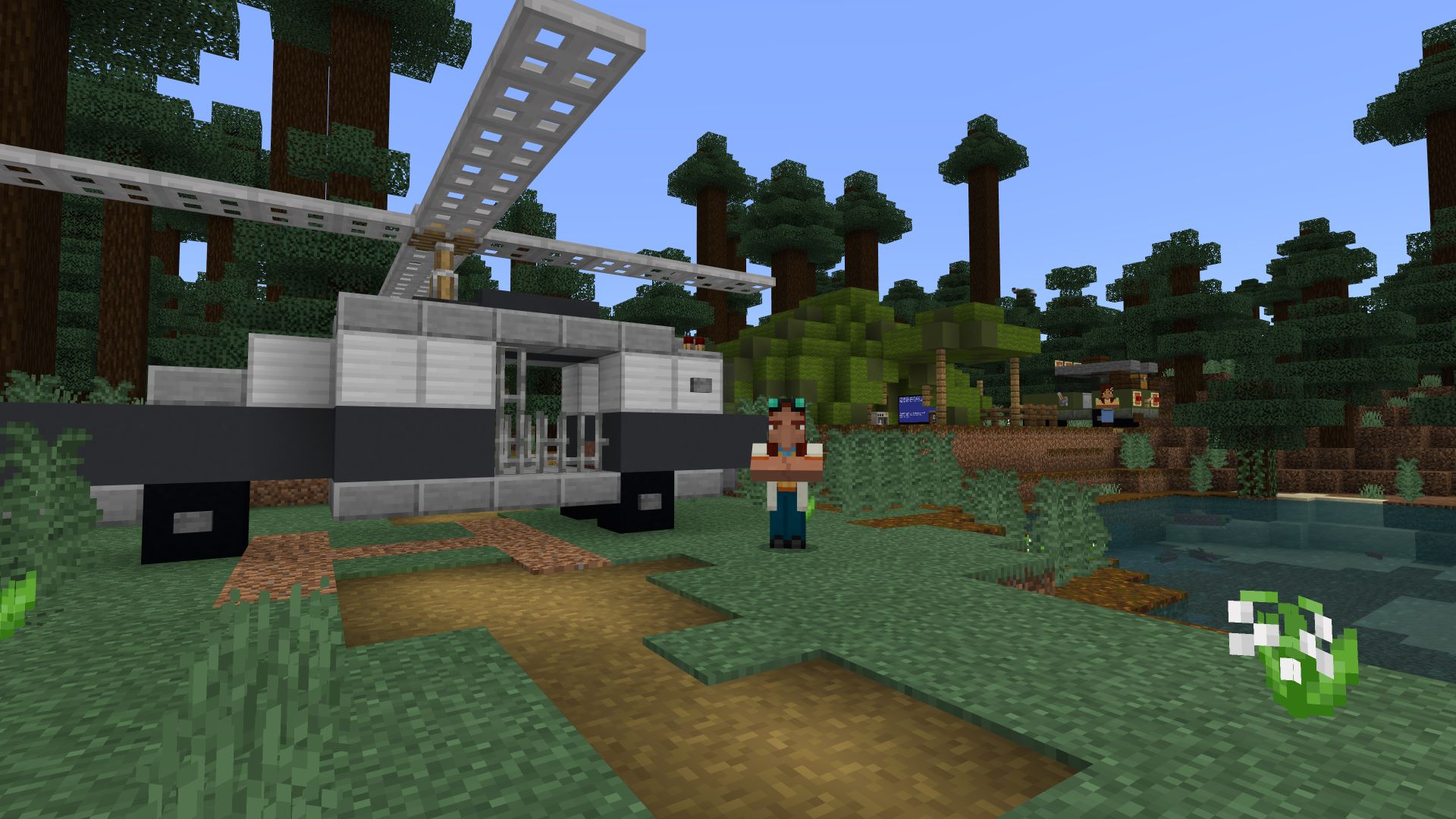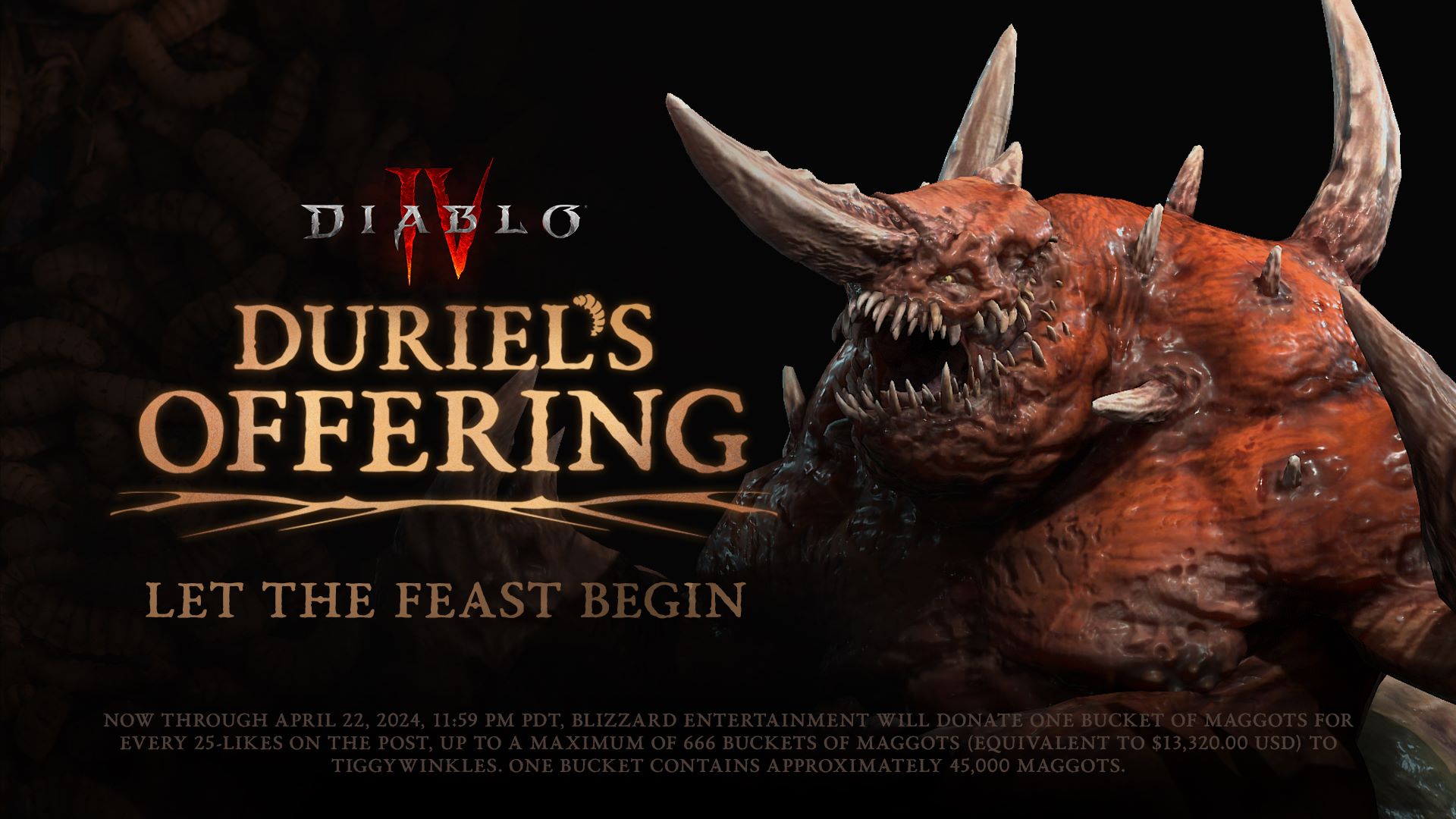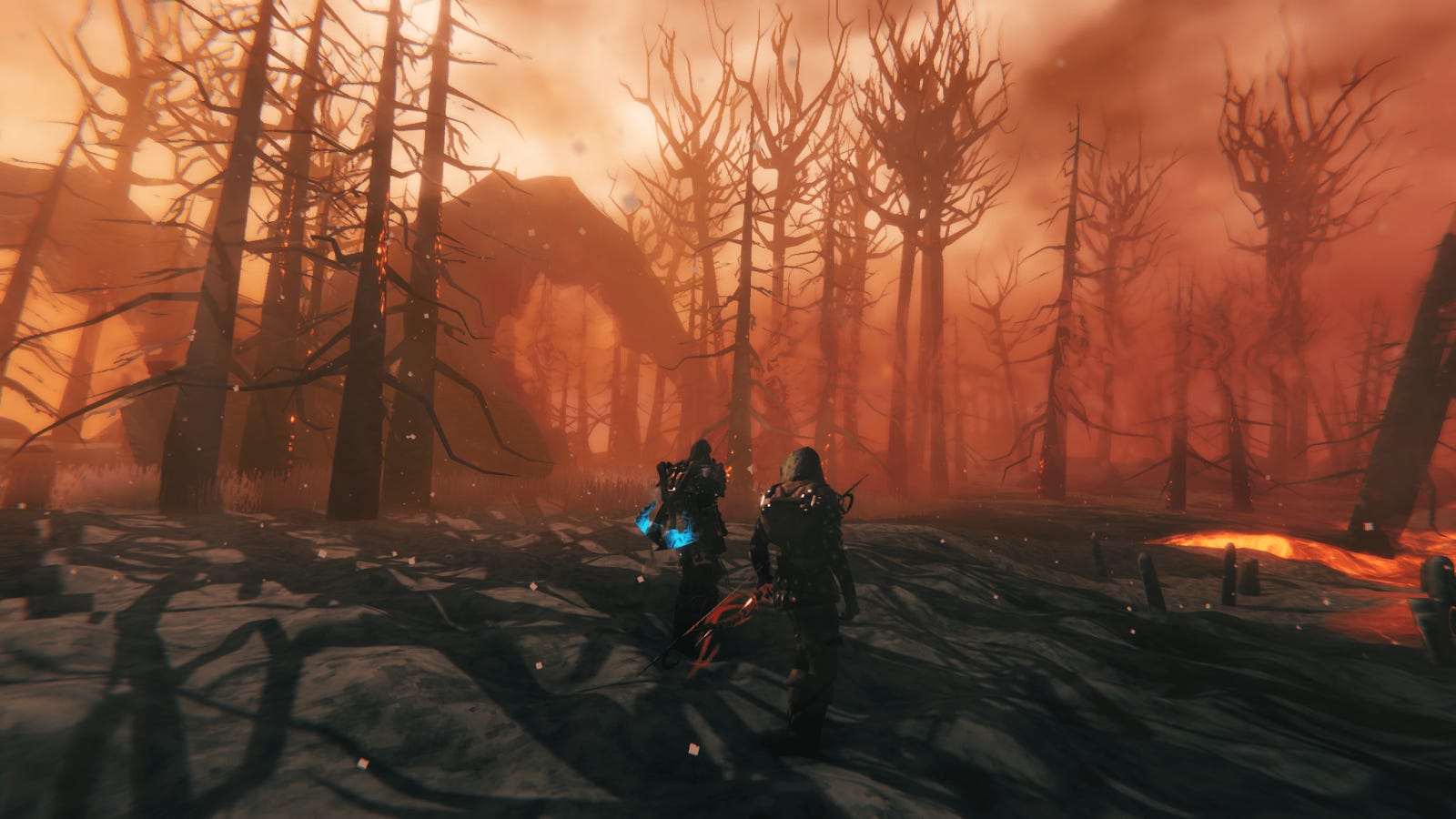In an ocean of new action-platformers, it’d be easy to overlook Tales of Kenzera: Zau, but casting it away without a second thought would be a mistake. This is a short, sweet side-scrolling action game inspired by the many, many children of Metroid and Castlevania. It’s full of crunchy combat and springy platforming, all of which is fun if not groundbreaking in a genre where others seem to raise the bar on a regular basis. But most importantly, its the touching love letter from a grieving son to their deceased father, told in clever and moving allegories about sending restless spirits to the afterlife, that helps it stand out in the pack.
The biggest first impression Tales of Kenzera makes is how great it looks. With a bold color palette and dynamic environments like lush jungles and rolling hills, finding a screenshot of this game that looks anything less than beautiful would take an act from a spiteful god. Though some of the human characters have clunky or stilted animations, the monsters you’ll fight move with a supernatural gait that is fitting for restless spirits, but also useful for clearly identifying when to attack and when to dodge.
Tales of Kenzera’s African inspirations don’t stop at its looks. Its story of a shaman named Zau that must usher restless spirits into the after life – itself being told as a story within a story about the loss of a loved one – is rich with parables about surviving through grief. This is a common refrain in much of the ancestor-worshiping mythology of Central and East African people, where death, though painful, can be a rite of passage. Besides being a solid representation of a culture that goes under-represented in fiction outside of royal cats fighting over space rocks, it’s also an extremely personal tale about a son losing his dad, inspired by director Abubakar Salim’s own relationship with his late father. The simple, delicate, and poignant way Tales of Kenzera speaks to loss is one that will stay with me long after any specific platforming sections or enemies fade from memory.
This is partially because of how well each of its three big sections entwine the actual game mechanics with those larger themes – for instance, the key ability gained during a section that involves climbing a volcanically active mountain to chase the Great Spirit of Humanity is one that lets your indomitable human will run through walls like a charging bull. But its also effective thanks to how well written and acted the sparse cast of characters is, especially Zau himself and Kalunga, the God of Death who is more wise uncle than Grim Reaper.
On the other hand, the action of this roughly six-hour adventure through the exotic land of Kenzera meets modern Metroidvania standards, but rarely exceeds them. Each zone is jam packed with platforming sequences that don’t really test your reflexes or abilities, with the exception of some optional sections that limit checkpoints and push the pace for some sort of reward. I enjoyed all of the dashing, diving, and wall jumping in Tales of Kenzera, especially a mid-game chase through a shadowy pocket dimension – but there are very few moments that stand out like this, let alone when compared to the impressive areas of contemporaries like Prince of Persia: The Lost Crown.
There’s a distinct lack of collectible chasing in Tales of Kenzera, too. That might bum out folks who enjoy the treasure hunting aspect of Metroidvanias, but I quite enjoyed the trade off of having to do much less backtracking through winding paths I’ve already explored. And some findables do exist like Echoes, which are voice notes for unexplored lore bits, I just didn’t feel much incentive to stick around any particular place simply to find them. Approachability seems to be the main focus here, and I think Tales of Kenzera succeeds in that regard.
Combat is simple but satisfyingly quick and impactful. Zau’s shaman masks grant him powers of the moon and the sun, which have ranged and melee focuses, respectively. You can switch back and forth between them instantly to adapt to whatever an encounter calls for, usually breaking color-coded shields to open monsters up for big damage. As a fan of Housemarque’s Outland from 2014, I was happy to see this mechanic return in an evolved and more refined form. The moon and sun also have other unique utilities, be it shooting hovering enemies or rushing down ground-based baddies.
Enemy variety is rather small, but the monsters are all pretty different from one another, and they are introduced at a gradual pace. That includes things like the tanky Ngao thats near invulnerable head on, or the bug-like Adze that drains life from all creatures in the area, friend or foe. In the later half of the campaign, the synergies between these enemies add an extra challenge that is by no means controller-breaking, but still clever enough to force tactical thinking and prioritization.
Zau doesn’t have many skills to choose from, and the skill tree itself is limited, but after the first tier of upgrades I didn’t feel like I was truly missing out on much. You get all of his vital skills through progressing the story, such as Kabili, which lets you hover across gaps, or the Zawadi grappling hook, and a few of them have some value both in and out of fights. For example, the same cerulean spear that can freeze waterfalls into walls to kick off of can also freeze enemies and open them up to free damage.
That said, freezing enemies and then nailing them with Zau’s big spirit attacks really trivialized some encounters toward the endgame. This includes some of the bosses, who are high in spectacle but low in difficulty, with fights that end up being pretty similar to one another. I wish there were more of the Spirit Journey trials, which are sets of enemy gauntlets that were consistently the most demanding fights available, forcing me to mix all of my skills and know how to survive.

